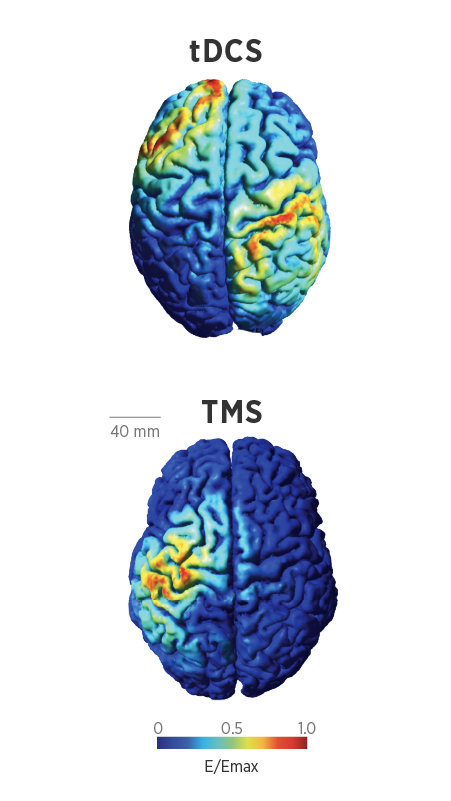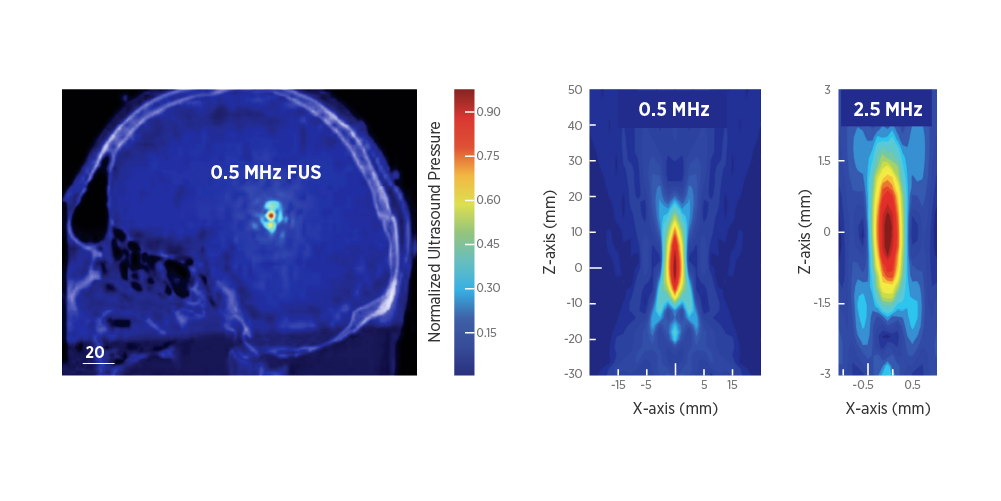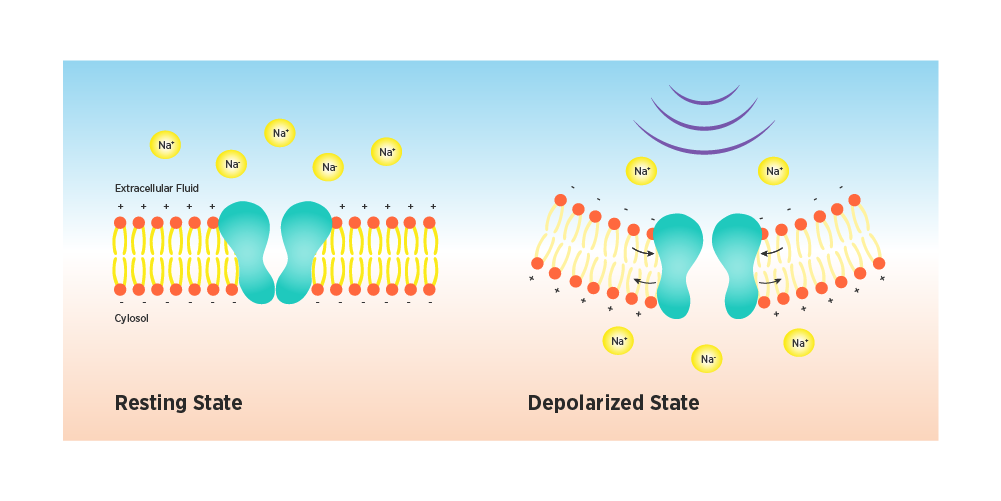A Brief History of Neuromodulation
Neuromodulation is defined as reversible stimulation or inhibition of nerve activity. It can be accomplished using multiple techniques, including chemical, thermal, and electrical. Long known to modify brain patterns, neuromodulation can affect mood, memory, and cognition. In fact, rudimentary transcranial electrical stimulation machines were broadly available to the public as early as the 18th and 19th centuries.
Magnetic and Electrical Stimulation
Since the 1940s, researchers have explored the effect of electric current and magnetic fields on stimulating or inhibiting neurons in the brain.5 Over the years, investigators have gained a greater understanding of brain function and developed more sophisticated neuromodulation techniques.
Much of the ongoing neuromodulation research is pre-clinical, but both transcranial electrical stimulation (tES) and magnetic stimulation (TMS) have been used to treat clinical depression and memory loss as well as other neurocognitive disorders. However, both methods deliver diffuse stimuli across the brain, and neither offers precise targeting nor reaches deep brain regions.

Spatial distributions of typical electric fields produced by TMS and tDCS.
The Focused Ultrasound Advantage
Transcranial Ultrasound Stimulation (TUS/tFUS) is a revolutionary technique grounded in decades of experience with focused ultrasound technology. Instead of electric or magnetic stimuli, TUS uses finely tuned sound waves that can be concentrated at a precise target anywhere in the brain. As a result, TUS offers unprecedented spatial resolution and control compared to other noninvasive neuromodulation methods. TUS can also target deeper brain regions compared to other methods.
Additionally, TUS can controllably stimulate or inhibit specific nerve activity, depending on exact ultrasound pulse parameters, for example, intensity or frequency.15 This specificity offers researchers unprecedented control and targeting capabilities as well as revolutionary precision and resolution. By contrast, tES and TMS offer limited control and specificity.
Given the extraordinary capabilities of TUS, it promises to offer novel treatments for a wide variety of neurologic conditions, from chronic pain and memory loss to psychological disorders and insomnia. What’s more, since TUS produces signals that excite muscle contractions and activate specific brain regions, it is poised to become a revolutionary tool for high-resolution brain mapping.

Safe and More Effective
As with tES or TMS, TUS uses external wave frequencies to affect neuronal activity in the brain or peripheral nerves. Instead of more diffuse electric or magnetic stimuli, TUS uses short bursts of finely tuned low-intensity sound waves that concentrate at a precise target the brain. As a result, TUS offers unprecedented millimeter spatial resolution and focal control without generating heat or destroying tissue like high-intensity focused ultrasound.
The spatial distribution (resolution) of peak electric field strengths produced by TMS may extend up to several centimeters in some directions. By contrast, TUS can significantly modulate brain activity in a precise area of the brain. The TUS delivery method reported by Legon et. al. has been reproduced in multiple laboratories, showing focused neuromodulation is safe, confers high spatial resolutions, and is readily compatible with imaging methods, such as EEG and fMRI.
Mechanisms of Action
Pulsed ultrasound can safely and reversibly stimulate or inhibit the activation of neurons. Researchers have not yet conclusively determined the mechanism by which TUS affects neuronal activity. Some believe that these effects may result from the mechanical force that microscopic pressure waves, induced by focused ultrasound, exert on ion channels. In fact, low-intensity pulsed ultrasound appears to impact other voltage-gated channels in the body, as well, including sodium and calcium channels. These ubiquitous cell membrane structures underpin biological mechanisms responsible for heart and muscle functioning as well as maintaining blood pressure and electrolyte balance.
(A) Resting state of a neuron without TUS; (B) Depolarized state of a neuron with TUS.

Source: Magnetic resonance-guided focused ultrasound: current status and future perspectives in thermal ablation and blood-brain barrier opening. Lee EJ, Fomenko A, Lozano AM. Journal of Korean Neurosurgical Society. 2019 Jan;62(1):10.
NeuroFUS is powered by Sonic Concepts, Inc.